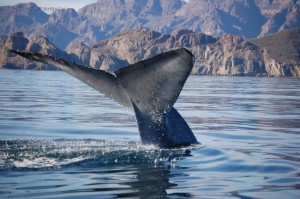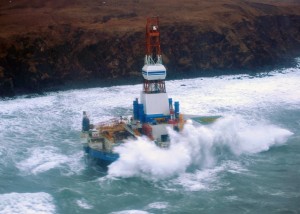Action Alert: Protect Alaska’s Waters from Cruise Ship Dumping

Please Take 5 Minutes to Protect Alaska’s Waters from Cruise Ship Dumping
Background
Cruise ships are floating cities that produce and discharge large volumes of sewage and other harmful wastes. In 2006, Alaska voters passed a statewide ballot initiative requiring cruise ships to reduce their pollution dumping in Alaskan waters (i.e., from the shoreline out to 3 miles). In response, cruise ship lobbyists pushed through legislation in 2009 to establish an industry-dominated “Science Panel,” which immediately set out gathering information to weaken the 2006 citizen initiative (industry lobbyists excluded the most knowledgeable public interest voice in Alaska from the panel because they did not want any opposition to their pollution rollback plans). Read more


